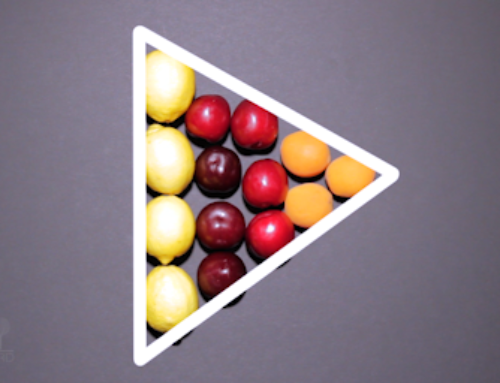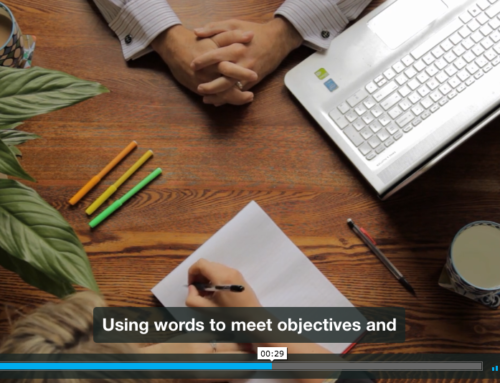You probably already know that an explainer video is an excellent way to share what is great about your product or service. Yet the idea of making one might seem a little overwhelming. Well when we made our explainer video, we had you in mind. We made it with several building blocks so that we could talk through them here, just for you.
Here are the building blocks we used.
SCRIPT
It’s the plan for your story and everything you are going to share with your audience. Typically, explainer videos follow a formula of highlighting a problem your audience face and explaining why your product or service is the very thing they need to fix that problem. This is followed by a call to action which tells the audience how they can engage with your company further. Here’s a summary of how that worked for our video:
Problem – Everyone is using video. I should use it but I want to make sure it’s interesting for my audience.
Solution – Hey we can make videos for you and this is how we do it.
Action – Come talk to us. Here’s also our website where you can find out more.
VOICE-OVER
A way to deliver the message outlined in your script. This is where you magically hear the words but don’t see the person talking. So who does the talking? Someone who can talk clearly is a good start. If no one is up for the job in your company, there is always the option to hire a voice-over artist. Morgan Freeman is great but probably out of your budget. Sigh. VoiceBunny is a company we’ve used in the past for professional voiceovers. It has a variety of male and female voices, in a range of accents.
TALKING HEAD
This is where we see the person, or multiple people, delivering the message. They can talk directly to the camera or off to one side. See example.
Tip: Talking head videos are great for vlogs (think YouTubers), education videos and breaking news but for explainer videos you also want to SHOW what is great about your company. Therefore, try to avoid someone talking to the camera the entire time.
B-ROLL
People often forget that video is a visual communication tool. If you don’t have visuals, it’s radio. B-roll, also known as cutaways, are the interesting shots that capture action and accompany the voice-over or talking head. See example.
Tip: At the scriptwriting stage, think about what b-roll shots are available, so you can write the words to fit the visuals. People are more likely to believe what they see rather than what they hear.
STILL IMAGES
Visuals can also be photos. See example.
Tip: Add energy to the photos by including movement – zoom in slightly on the photo or pan across. This is known as the Ken Burns Effect and is used often with historical images, where footage is not an option.
MOTION GRAPHICS
A winner because they keep things simple, with moving images, words and numbers. Great for audiences who will be watching on their phones, often with no sound. Motion graphics and animation, are also excellent for explaining the intricate details of how a product or service works. See example.
STOCK FOOTAGE / STILLS
Sometimes it’s just easier to buy visuals. Perhaps you want a shot that involves talent, locations, and techniques that don’t fit your budget. A crowd shot in New York perhaps or a slow motion shot of a penguin maybe. See example.
Tip: Check the conditions in the license agreement, you don’t want to get stung because you didn’t read the small print.
MUSIC
Everyone likes a good tune and music helps lift the energy of an explainer video. It can also help to create an emotional connection with the audience. Avoid using music you don’t have a license for, like popular songs on the radio. YouTube will block videos with copyrighted music. For this reason, YouTube does have a library of free music and sound effects. There are also multiple music libraries to purchase audio from. For our explainer video, we purchased a track from Audio Jungle.
LENGTH
Lastly, keep it short. Less than a minute ideally. Audiences are only one click away from a cat video, so keep your explainer video short and interesting.
So there you have some of the building blocks for making an effective and engaging explainer video. There are lots of options. The key is to always keep your audience in mind when making decisions to create your videos.
If you are looking to make an explainer video and would like to learn more about how Story Orchard can help, contact us. Story Orchard provides video production and content solutions from Tauranga, New Zealand.
Note – This post contains affiliate links.





Leave A Comment